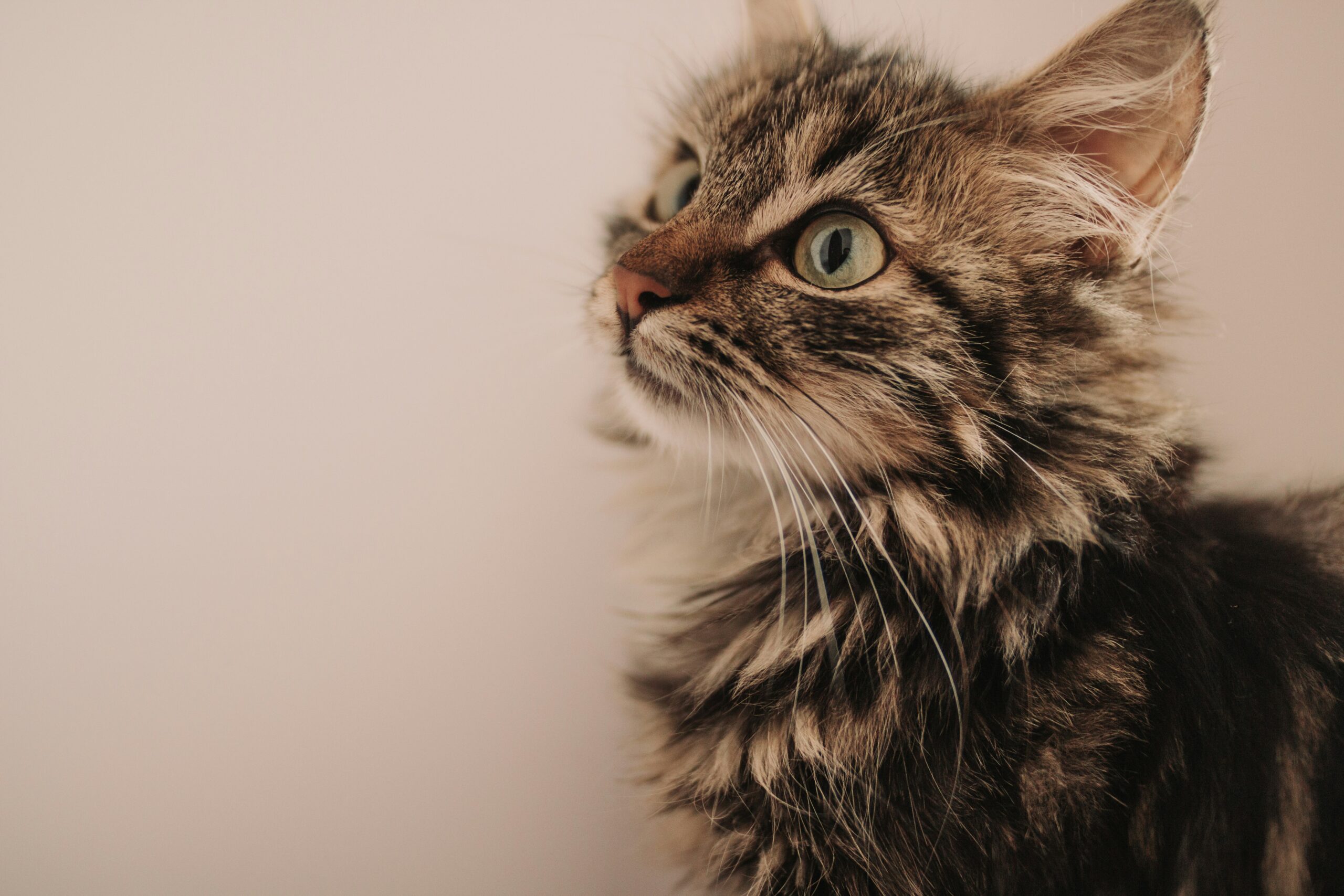
As Sir Keir Starmer and his family welcome a Siberian kitten to Downing Street, the nation’s well-known chief mouser, Larry, will no longer be the only feline in residence. The arrival of this new furry family member signals exciting times at No. 10, but it also highlights the importance of carefully introducing pets to one another.
Bringing a new pet into the home is always a moment of joy, but ensuring a smooth introduction, particularly with existing pets, is crucial for creating a harmonious household. To help with this, national pet charity PDSA has shared expert tips on how to successfully introduce pets to one another for a calm and friendly first encounter.
Separate Spaces: Creating Safe Constituencies
PDSA Vet Nurse Gemma Renwick explains: “Cats are naturally solitary animals and often prefer being the only pet in the home. However, with the right approach, you can help foster a peaceful relationship when introducing a new pet.”
According to the PDSA’s 2024 PAW Report, nearly 17% of cats that share a household don’t always get along. Setting up distinct safe spaces for each pet is key. “Providing each pet with their own quiet area to retreat to can help minimise tension,” Renwick advises. “Cats, in particular, enjoy elevated spots like cat trees or shelves, where they can observe the household dynamics from a safe distance.”
Keep Things Separate: Food, Water, and Litter
Cats prefer to eat alone, away from their toileting area. “Separate feeding stations and litter trays for each cat will reduce stress and help maintain harmony,” says Renwick. She suggests using microchip feeders to ensure each pet sticks to its own meal and keeping the litter tray clean and out of reach of any dogs in the home.
Scent Swapping: A Tactic For Success
Introducing pets gradually, using scent swapping techniques, can work wonders. “Before your pets meet face-to-face, let them become familiar with each other’s scent,” Renwick suggests. “You can do this by rubbing a clean cloth over your pet’s scent glands, such as a cat’s cheeks or a dog’s armpits, and placing the cloth in the other pet’s bed.” This method can ease the transition, much like getting to know someone over the phone before meeting in person.
Building A Coalition: Slow and Steady Wins The Race
When the time comes for the pets to meet, it’s vital to allow them to take things at their own pace. “Keep them in separate spaces initially and use a baby gate or similar barrier to allow them to see each other safely,” advises Renwick. Positive reinforcement with treats and praise for calm behaviour can help build trust between the pets.
Over time, pets should adjust to one another. Renwick recommends, “Once your pets seem comfortable, remove the barrier but ensure they still have safe spaces to retreat to if needed.” If introducing a dog and a cat, she suggests keeping the dog on a lead and providing the cat with escape routes.
“Even after they seem settled, always monitor their body language to ensure they continue to get along,” Renwick cautions.
For more expert advice on introducing cats to homes with other pets, visit: www.pdsa.org.uk/StressInCats
Photo by Anton Darius on Unsplash

